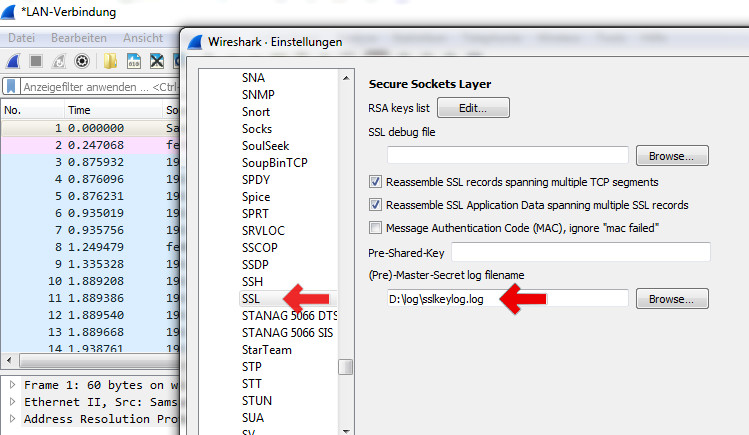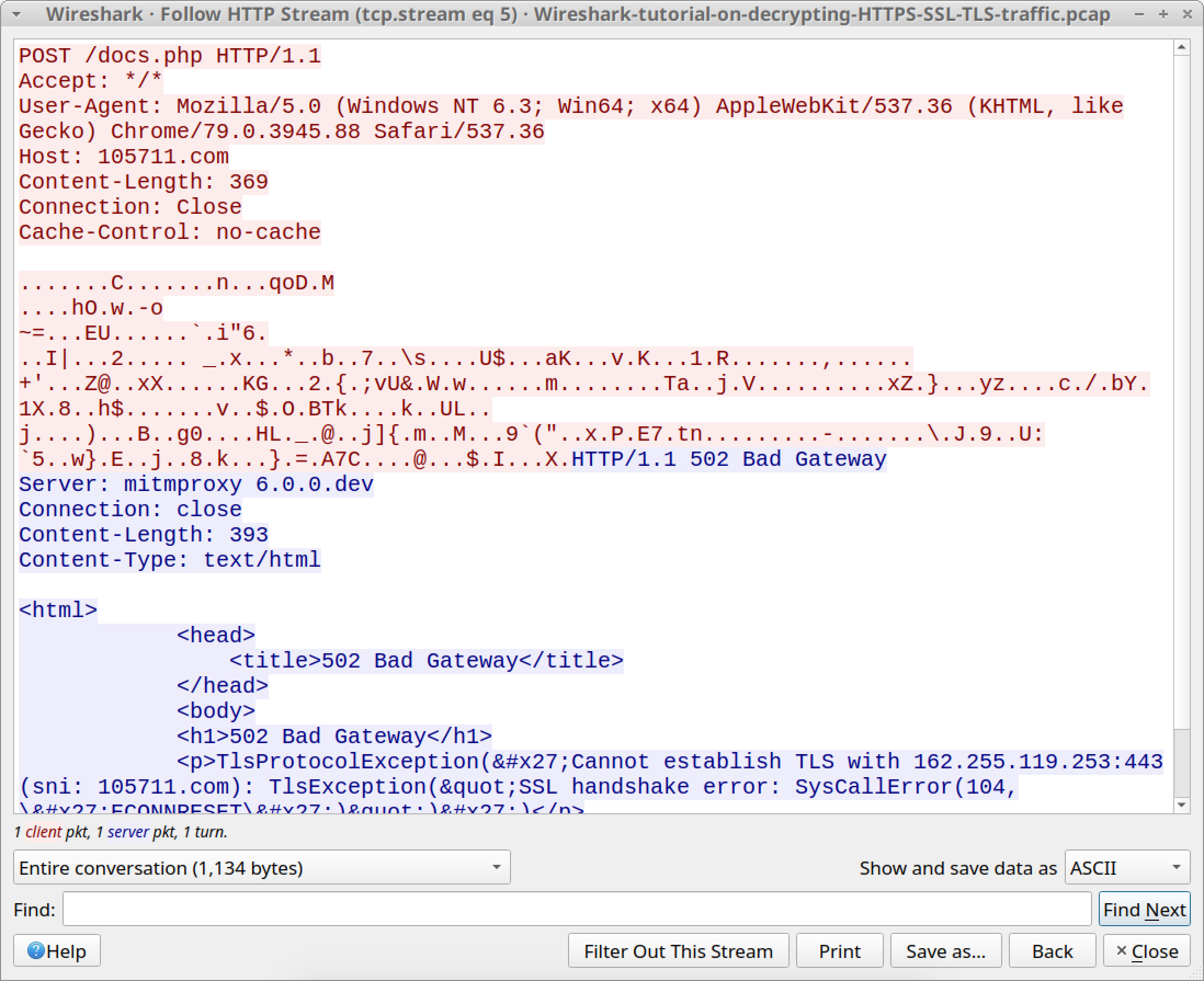
Of course, nowadays, most of these channels are secured using TLS, which provides encryption, integrity protection and authenticates one or both ends of the figurative tube. So our approach is less of a novel attack and more of an improvement on current techniques.


In this blog post, we’ll introduce a method to simplify getting our hands on plaintext messages sent between apps ran on our attacker-controlled devices and the API, and in case of HTTPS, shoveling these requests and responses into Burp for further analysis by combining existing tools and introducing a new plugin we developed. Sniffing plaintext network traffic between apps and their backend APIs is an important step for pentesters to learn about how they interact.


 0 kommentar(er)
0 kommentar(er)
